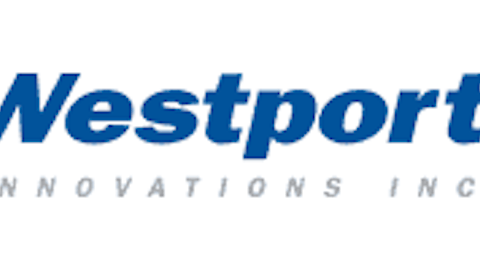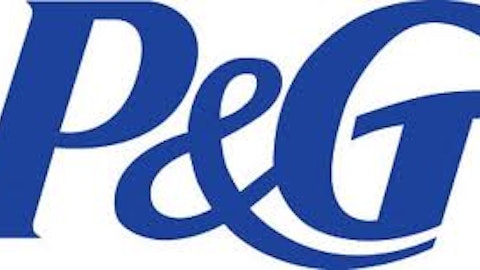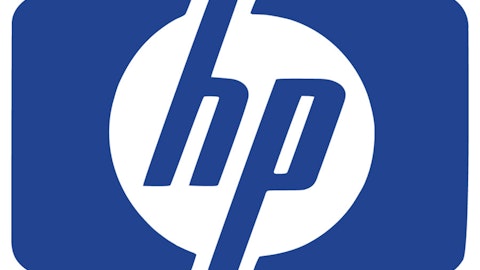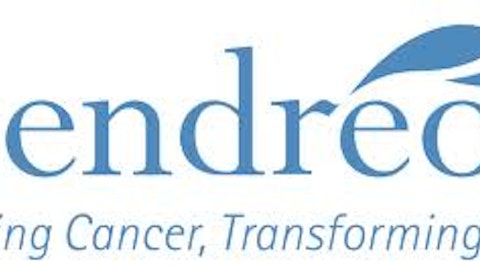
The Dow Jones Industrial Average breached the 4,000-point barrier for the first time in its history on Feb. 23, 1995, closing at 4,003.33. The surge continued a positive reaction to Federal Reserve Chairman Alan Greenspan’s comments the previous day that interest rates might be due for a reduction, which he supported by pushing for deficit reduction on Feb. 23. Greenspan’s comments and the Dow’s gain produced a positive feedback loop that some analysts pointed to as indicating a lowered likelihood of recession — which did not arrive until the following decade.
The mood on Wall Street was decidedly muted, with many calls for caution. Richard B. Hoey of Dreyfus told The New York Times that the growth was “more of a relief rally than an enthusiasm rally.” He pointed out the 7.33% interest rates on 10-year Treasuries as compared with the Dow’s total dividend-adjusted return of just 5.7% in 1994: “they’re riskless returns, unlike the Dow.”
Investors who bought into this lack of enthusiasm would have missed out on incredible returns. Within just five more years, the Dow would peak at its dot-com-era high of 11,723 points, nearly a threefold gain over the 4,000-point close. The Greenspan Fed would tinker with interest rates for the rest of the dot-com bubble period, dropping the federal funds rate from 6% on the day the Dow broke 4,000 to 4.75% at the end of 1998, before raising the rates all the way back to 6.5% in mid-2000. This would prove to be the Fed’s last effort at holding the line on interest rates, which have since remained below 3% for all but two and a half years bookending the subprime bubble. In the current zero-interest environment, Treasuries look a lot riskier than they did in 1994.
The prescription for a good career
The Philadelphia College of Apothecaries was founded on Feb. 23, 1821. It was the first school of pharmacy established in the United States and would eventually become the Philadelphia College of Pharmacy. The profession has become one of the best-paid and highly demanded in the country, and a number of pharmacy college graduates have had a major impact on the pharmaceutical industry as well:
[The Philadelphia College of Pharmacy’s] alumni include the founders of Burroughs Wellcome, which merged with Glaxo in 1995 to become the precursor of today’s GlaxoSmithKline plc (ADR) (LSE:GSK), two Lillys of Eli Lilly & Co. (NYSE:LLY) fame, and Robert L. McNeil, Jr., the son of McNeil Laboratories’ founder and later, the company’s CEO. McNeil oversaw the sale of his company to Johnson & Johnson (NYSE:JNJ) in 1959, an acquisition that brought Tylenol into J&J’s fold.
There were 274,900 pharmacists in the United States as of 2010, and the profession earns one of the highest median wages in the country. The country will need another 70,000 pharmacists within the coming decade, according to the Bureau of Labor Statistics. A number of them will undoubtedly graduate from the Philadelphia College of Pharmacy, but there are now over 100 other pharmacy schools in the United States, helping to supply the country with the well-trained pharmacists it needs.
A sweet treat can be a good investment, too
On Feb. 23, 1896, Austrian immigrant Leo Hirshfield created the Tootsie Roll Industries, Inc. (NYSE:TR), a chewy, chocolaty candy now familiar to children and adults the world over. He sold it out of his store in Brooklyn, wrapping each piece individually after crafting each batch by hand using recipes imported from the old country. The name “Tootsie” was adopted after his young daughter Clara’s nickname.
Inexpensive and long-lasting, Tootsie Rolls became a hit during the Great Depression among millions looking for a sweet treat at a low price. Today, the company he founded to broaden his sales has grown into one of the world’s largest confectioners, which produces not only 64 million Tootsie Rolls each day, but also boasts a stable of popular candies including Charleston Chew, Junior Mints, Cry Baby sour candies, and Charms bubble gum Blow Pops.
At least, that’s the official story. The truth, as is often the case, is a bit less inspirational. Samira Kawash of the CandyProfessor blog uncovered some interesting background to the Tootsie Roll story. Hirshfield, a fairly prolific confectionary inventor, didn’t actually live in Brooklyn in 1896 — he’d moved to Manhattan in 1891. By 1896 he’d already been granted three patents for confection-making machines, each of which were jointly assigned to Julius Stern and Jacob Saalberg. These two men were the founders of Stern & Saalberg, a Manhattan-based confectioner. Stern & Saalberg, before producing Tootsie Rolls, first unveiled a jelly powder called Bromangelon in 1895 — invented, according to a later news report, by Leo Hirshfield. The Tootsie Roll trademark was first registered in the winter of 1908, but Bromangelon’s advertising had already been using a little girl called “Tattling Tootsie” as a sort of mascot since the fall.
Hirshfield, despite his innovation pedigree, never rose above the vice-president level at Stern & Saalberg. He died wealthy as a result of Tootsie Rolls, but he never controlled the company that now bears his daughter’s nickname, and a later attempt to found his own candy company failed. His obituary named him as “Leo Hirschfield,” which is how all other contemporary data (including the 1908 patent describing the Tootsie Roll manufacturing process) also spells his name. Every classic product has a story, but many of them are at least part myth.
The engine of industry
On Feb. 23, 1893, inventor Rudolf Diesel received a German patent for the engine that bears his name. Internal-combustion engines had existed for some time, but Diesel’s engine differed from the gasoline engine by using compression to ignite its fuel rather than the spark of a spark plug. This allows for greater efficiency than gasoline engines — modern diesel engines can muster thermal efficiencies of up to 50%, compared with an estimated 30% maximum thermal efficiency for gasoline automobile engines. As a result, many of the world’s industrial engines, including those used in locomotives, trucks, construction equipment, and ships, are descendants of Diesel’s first design.
Diesel engines are also distinguished from gasoline engines for the wider range of fuel types used. Petroleum-based diesel fuel is still the standard, but engine manufacturers are increasingly turning to alternatives, such as biodiesel or natural gas liquids. Cummins Inc. (NYSE:CMI) , the world’s largest manufacturer of large (over 200 horsepower) diesel engines, is on the vanguard of this drive to embrace alternative sources. Not only does Cummins support biodiesel fuel, but it’s also garnered a great deal of attention for its natural-gas engine partnership with Westport Innovations Inc. (USA) (NASDAQ:WPRT), a Canadian engine technology pioneer. These engines are a drop in Cummins’ sales bucket now, but with a $150 billion global market for diesel engines, any cheaper and more efficient fuel alternatives will undoubtedly be a source of growth in this vital link in the global chain of commerce.
The article The Dow Rally Nobody Believed In originally appeared on Fool.com and is written by Alex Planes.
Fool contributor Alex Planes has no position in any stocks mentioned. The Motley Fool recommends and owns shares of Cummins, Johnson & Johnson, and Westport Innovations.
Copyright © 1995 – 2013 The Motley Fool, LLC. All rights reserved. The Motley Fool has a disclosure policy.





